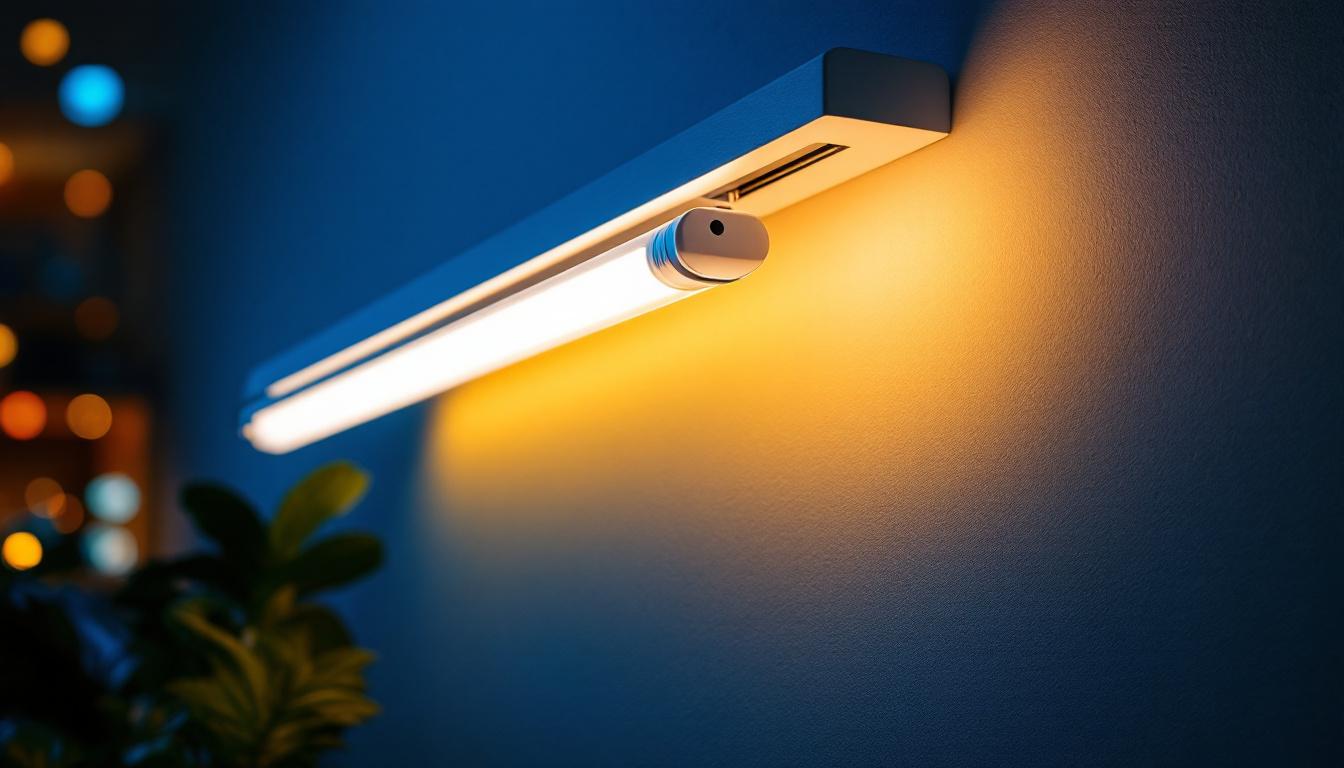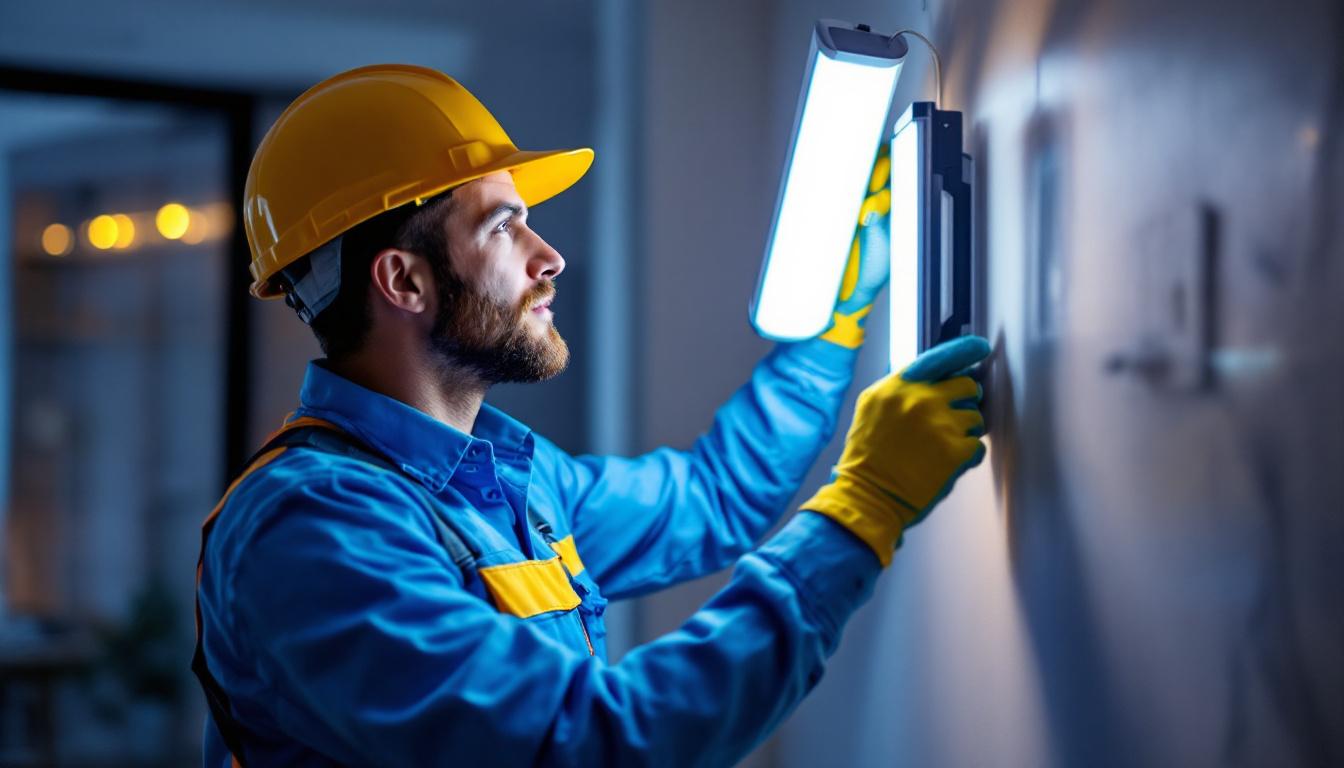
As the world of lighting design and installation continues to evolve, the importance of having the right tools cannot be overstated. For lighting professionals, the right wiring tools can make the difference between a successful project and a frustrating experience. This article presents a comprehensive checklist of essential wiring tools, ensuring that lighting contractors are well-equipped to tackle any job with confidence and efficiency.
Before diving into the specific tools, it is crucial to understand the fundamental categories of wiring tools that every lighting professional should be familiar with. These tools can be broadly classified into cutting tools, stripping tools, crimping tools, and testing tools. Each category serves a unique purpose and contributes to the overall effectiveness of a lighting installation.
Cutting tools are essential for preparing wires and cables to the desired length. A quality pair of wire cutters is indispensable for any lighting contractor. These tools come in various sizes and styles, but the most common types include flush cutters and diagonal cutters. Flush cutters are ideal for making clean cuts close to a surface, while diagonal cutters are versatile for cutting through thicker wires.
In addition to wire cutters, a good utility knife is also crucial for stripping insulation from cables. A sharp blade can make the task easier and more efficient, reducing the risk of damaging the wire itself. For larger projects, a cable cutter may be necessary to handle thicker cables that standard wire cutters cannot manage. Furthermore, some professionals may opt for specialized cutting tools like cable shears, which are designed to provide a clean cut on multi-stranded cables without fraying the ends, ensuring a better connection during installation.
Stripping tools are designed to remove insulation from electrical wires without damaging the conductor. A reliable wire stripper is a must-have for any lighting professional, as it allows for precise stripping of various wire gauges. Many wire strippers come with built-in gauges, making it easier to select the correct setting for the wire being stripped.
In addition to manual wire strippers, automatic wire strippers can significantly speed up the process. These tools automatically adjust to the wire size, providing a consistent and clean strip every time. For contractors working on large-scale projects, investing in automatic strippers can save time and increase productivity. Moreover, some advanced models also feature a built-in cutter, allowing users to strip and cut wires in one seamless motion, which can be particularly beneficial in tight spaces where maneuverability is limited. Understanding the nuances of these tools can help professionals choose the right equipment for their specific needs, ultimately leading to more efficient and safer installations.
Crimping tools are vital for creating secure connections between wires and terminals. A well-made crimping tool can prevent issues such as loose connections, which can lead to electrical failures or safety hazards. When selecting a crimping tool, it is essential to choose one that is compatible with the types of connectors used in lighting installations.
There are several types of crimping tools available, including manual crimpers and hydraulic crimpers. Manual crimpers are suitable for most residential and commercial applications, providing the necessary force to create a secure connection. Hydraulic crimpers, on the other hand, are designed for heavy-duty applications and can handle larger gauge wires with ease.
In addition to the crimping tool itself, having a variety of connectors on hand is essential. Common connectors used in lighting installations include butt connectors, ring terminals, and spade terminals. Each type of connector serves a specific purpose and is suited for different applications, making it important for contractors to have a well-stocked supply.
Testing tools are critical for verifying that electrical connections are secure and functioning correctly. These tools help identify potential issues before they escalate into larger problems, ensuring the safety and reliability of the lighting installation. A comprehensive toolkit for lighting professionals should include several types of testing tools.
A multimeter is an indispensable tool for any lighting contractor. This versatile device can measure voltage, current, and resistance, making it essential for troubleshooting electrical issues. Whether checking for voltage at a fixture or measuring the resistance of a wire, a multimeter provides invaluable information that can help prevent costly mistakes.
When selecting a multimeter, consider features such as auto-ranging capabilities, backlit displays, and data logging functions. These features can enhance usability and provide more accurate readings, making the multimeter an even more valuable tool in the contractor’s arsenal.
Voltage testers are another essential tool for lighting professionals. These devices can quickly determine whether a circuit is live, helping to ensure safety during installation and maintenance. Non-contact voltage testers are particularly useful, as they allow contractors to check for voltage without making direct contact with the wires.
When using voltage testers, it is important to follow safety protocols. Always verify that the tester is functioning correctly before use and ensure that the appropriate settings are selected for the specific application. This diligence can help prevent accidents and ensure a safe working environment.
While having the right wiring tools is essential for successful lighting installations, safety should always be a top priority. Lighting professionals should equip themselves with appropriate safety gear to minimize the risk of injury while working on electrical systems.
personal protective equipment (PPE) is crucial for any contractor working with electrical systems. Essential PPE items include safety glasses, gloves, and hard hats. Safety glasses protect the eyes from debris and sparks, while gloves provide a barrier against electrical shock and cuts. Hard hats are necessary when working in environments where there is a risk of falling objects.
In addition to standard PPE, consider using insulated tools. Insulated tools are designed to protect the user from electrical shock, providing an additional layer of safety when working with live circuits. Investing in high-quality insulated tools can significantly reduce the risk of accidents on the job site.
Efficiency is key in any lighting installation project, and having the right organizational tools can help streamline the workflow. Keeping tools and materials organized not only saves time but also reduces the risk of losing essential items during a project.
Tool bags and boxes are essential for storing and transporting wiring tools. A well-organized tool bag allows contractors to quickly access the tools they need without rummaging through a cluttered workspace. Look for tool bags with multiple compartments and pockets to keep tools separated and easily accessible.
In addition to tool bags, portable toolboxes can provide additional storage for larger items and supplies. A sturdy toolbox can protect tools from damage during transport and keep them organized on the job site. Consider investing in stackable toolboxes for added convenience and flexibility.
Implementing a labeling system can greatly enhance organization on the job site. Labeling cables, connectors, and tools can help contractors quickly identify the items they need, reducing downtime and increasing efficiency. Use durable labels that can withstand wear and tear, ensuring that they remain legible throughout the project.
In addition to labeling, consider using color-coded systems to differentiate between various types of wiring or components. This visual organization can make it easier to locate specific items and keep the workspace tidy.
Proper maintenance of wiring tools is essential for ensuring their longevity and effectiveness. Regular maintenance can prevent tools from becoming damaged or worn, ultimately saving contractors time and money in the long run.
Cleaning supplies should be a part of every lighting professional’s toolkit. Keeping tools clean and free from debris can prevent damage and ensure optimal performance. Simple cleaning supplies such as brushes, cloths, and mild solvents can help maintain tools in good condition.
In addition to cleaning supplies, consider using tool oil to lubricate moving parts on tools such as crimpers and strippers. Regular lubrication can help prevent rust and ensure smooth operation, extending the lifespan of the tools.
For testing tools like multimeters, calibration is essential for maintaining accuracy. Over time, testing tools can drift out of calibration, leading to inaccurate readings. Regular calibration using specialized calibration tools can help ensure that testing devices provide reliable results.
Many manufacturers offer calibration services, but contractors can also invest in calibration kits for in-house maintenance. Having the ability to calibrate tools on-site can save time and ensure that testing devices are always ready for use.
In the fast-paced world of lighting installation, having the right wiring tools is essential for success. From cutting and stripping to crimping and testing, each tool plays a vital role in ensuring that projects are completed efficiently and safely. By investing in high-quality tools, safety equipment, organizational systems, and maintenance supplies, lighting professionals can enhance their productivity and deliver exceptional results for their clients.
Ultimately, the right tools not only improve the quality of work but also contribute to the overall satisfaction of both contractors and clients. As the industry continues to evolve, staying informed about the latest tools and technologies will empower lighting professionals to excel in their craft and meet the demands of an ever-changing market.
Ready to elevate your lighting projects with the best tools in the industry? Look no further than LumenWholesale, where we provide lighting professionals like you with top-quality, spec-grade lighting products at unbeatable wholesale prices. Say goodbye to local distributor markups and hello to superior lighting products that meet the highest industry standards. With our hassle-free bulk buying and free shipping, you can stock up on all the essential wiring tools you need to ensure efficiency, safety, and client satisfaction. Don’t compromise on quality or value—Wholesale Lighting at the Best Value is just a click away. Experience the LumenWholesale difference today!

Discover how T5 LED replacements can transform your lighting projects with enhanced efficiency and longevity.

Discover why UV light is becoming a crucial focus for lighting contractors in residential settings.

Discover essential tips and common pitfalls for lighting contractors working with LED space lights.

Explore how the rise of solar lights for backyards is transforming the landscape for lighting contractors.